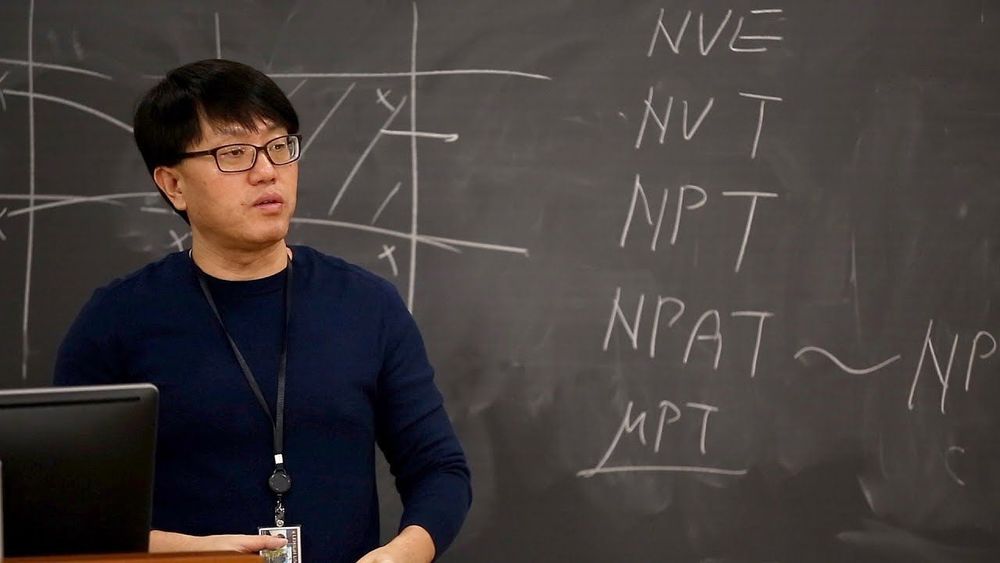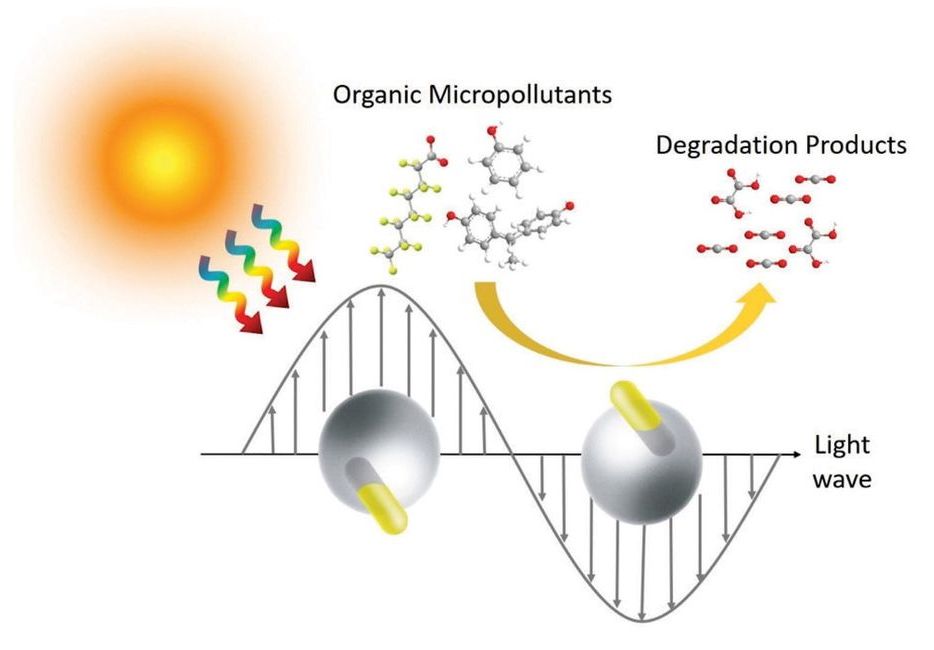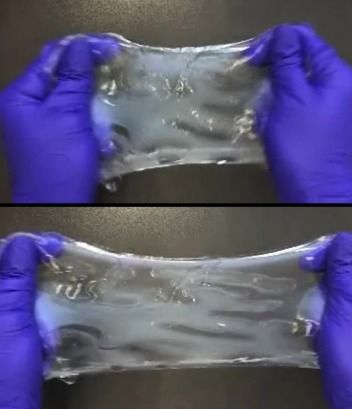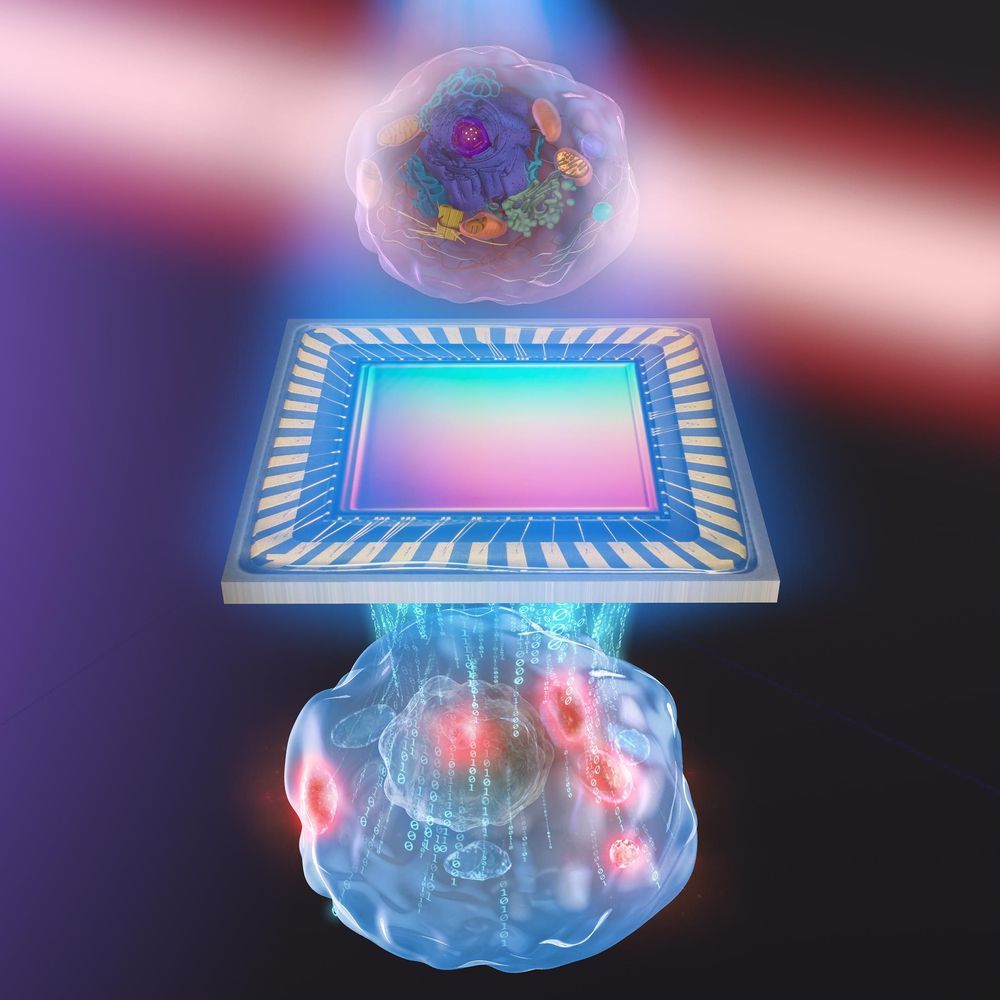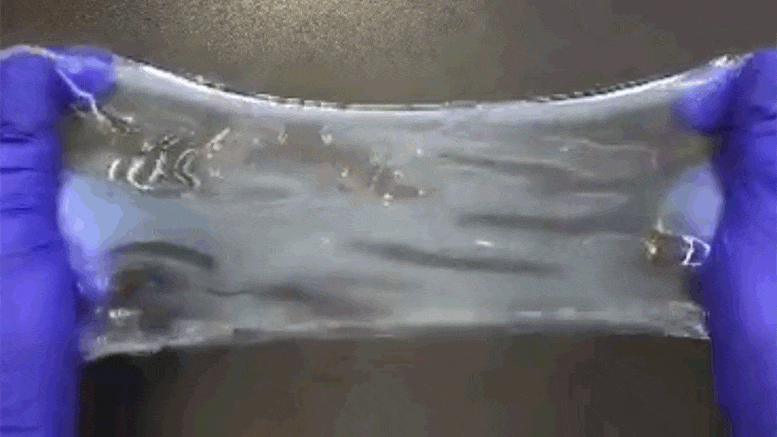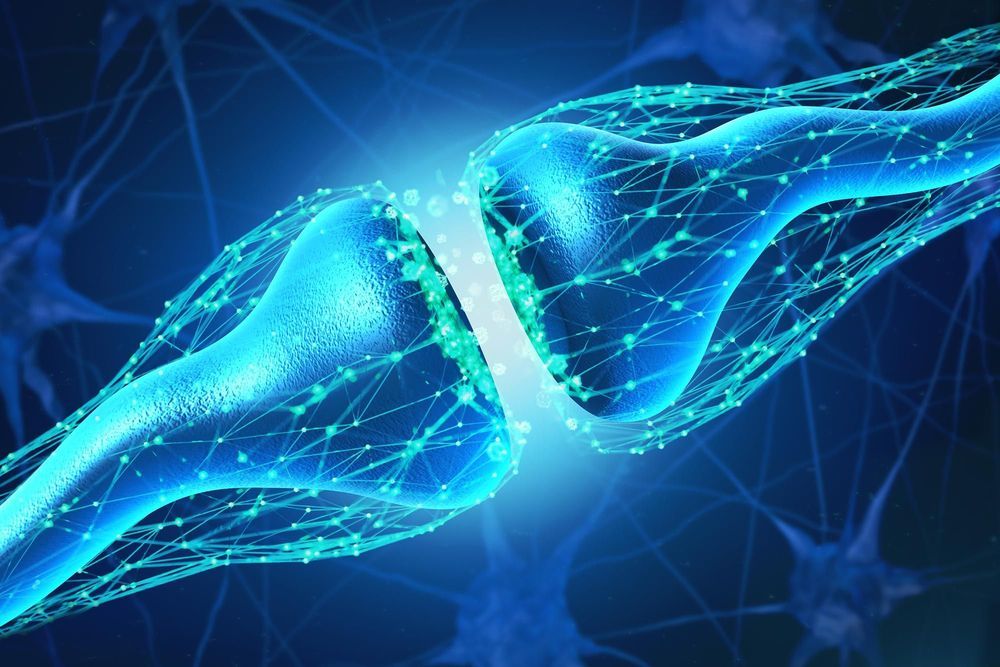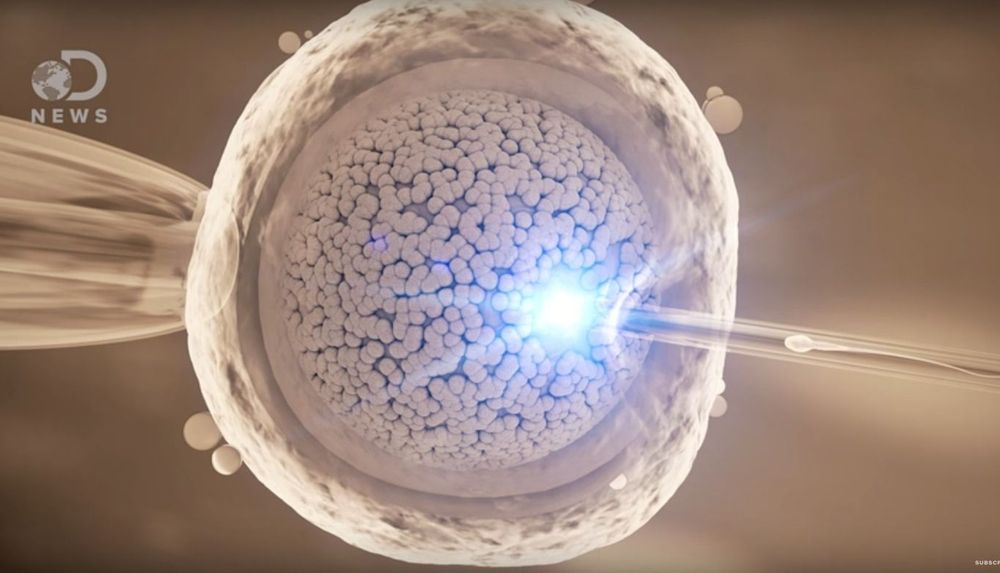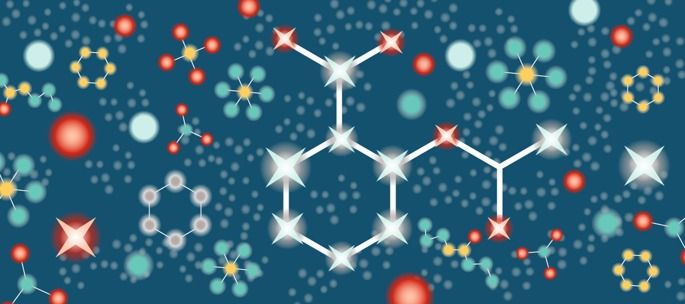Jun 23, 2020
Scientists produce first open source all-atom models of COVID-19 ‘spike’ protein
Posted by Genevieve Klien in categories: biotech/medical, chemistry
The virus SARS coronavirus 2 (SARS-CoV-2) is the known cause of coronavirus disease 2019 (COVID-19). The “spike” or S protein facilitates viral entry into host cells.
Now a group of researchers from Seoul National University in South Korea, University of Cambridge in UK, and Lehigh University in USA, have worked together to produce the first open-source all-atom models of a full-length S protein. The researchers say this is of particular importance because the S protein plays a central role in viral entry into cells, making it a main target for vaccine and antiviral drug development.
